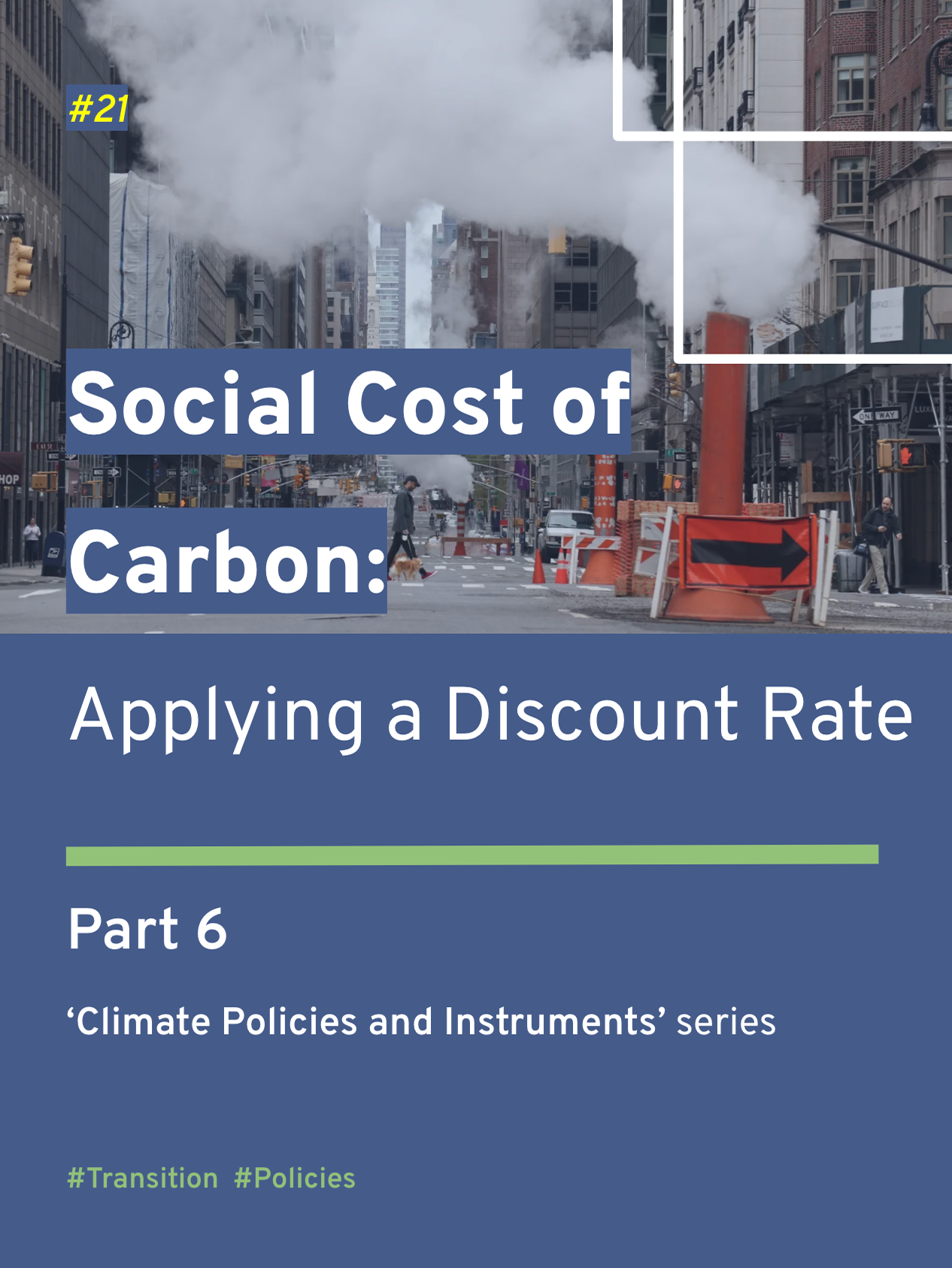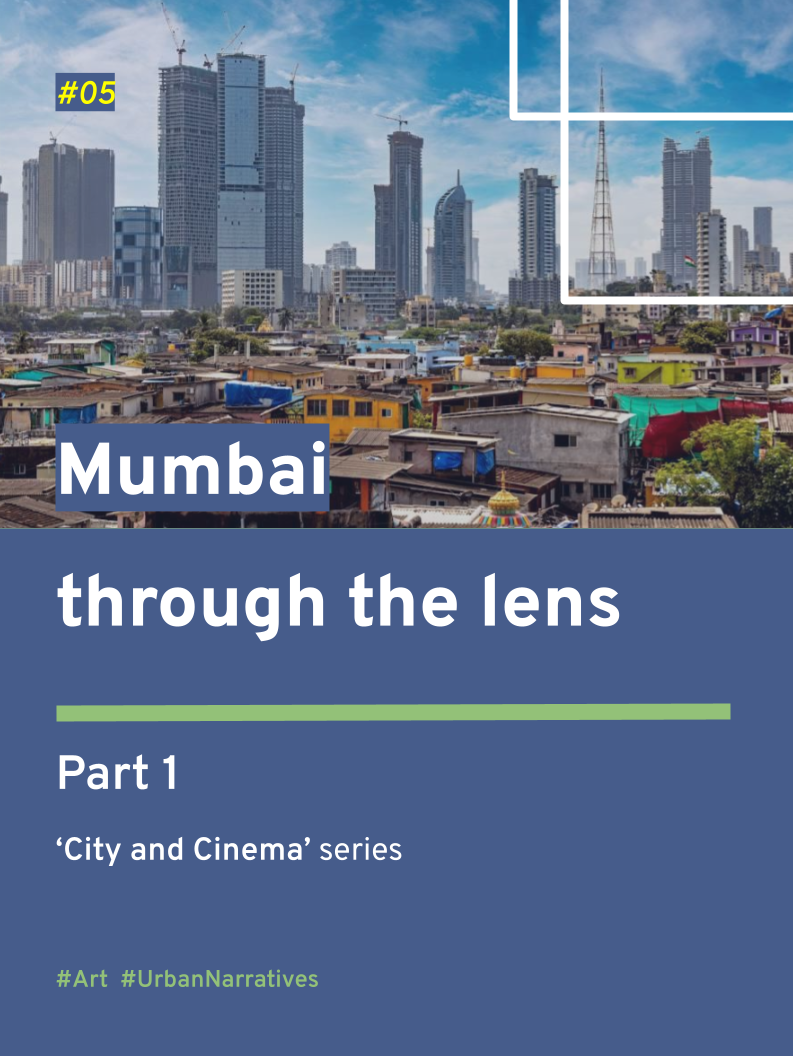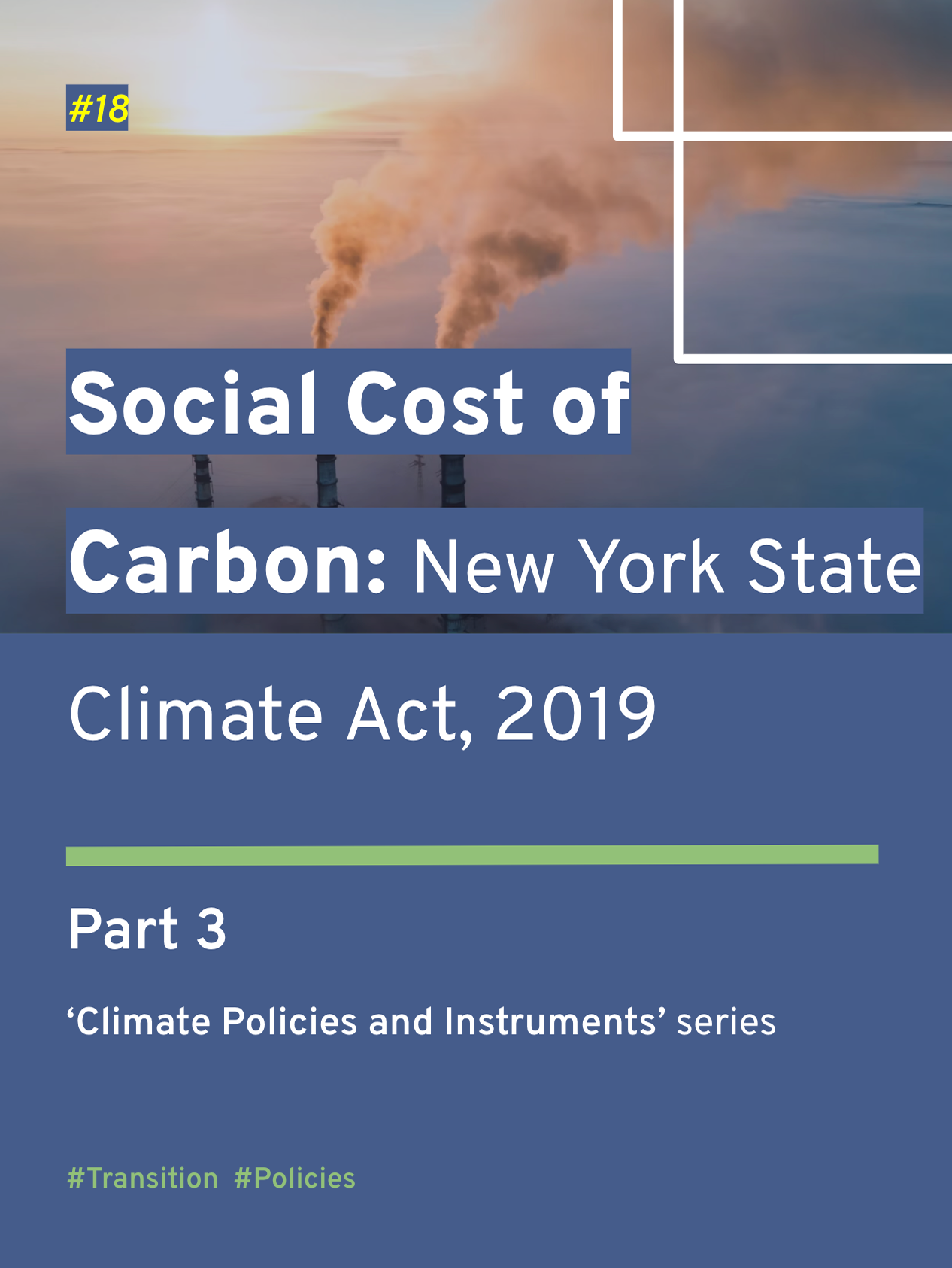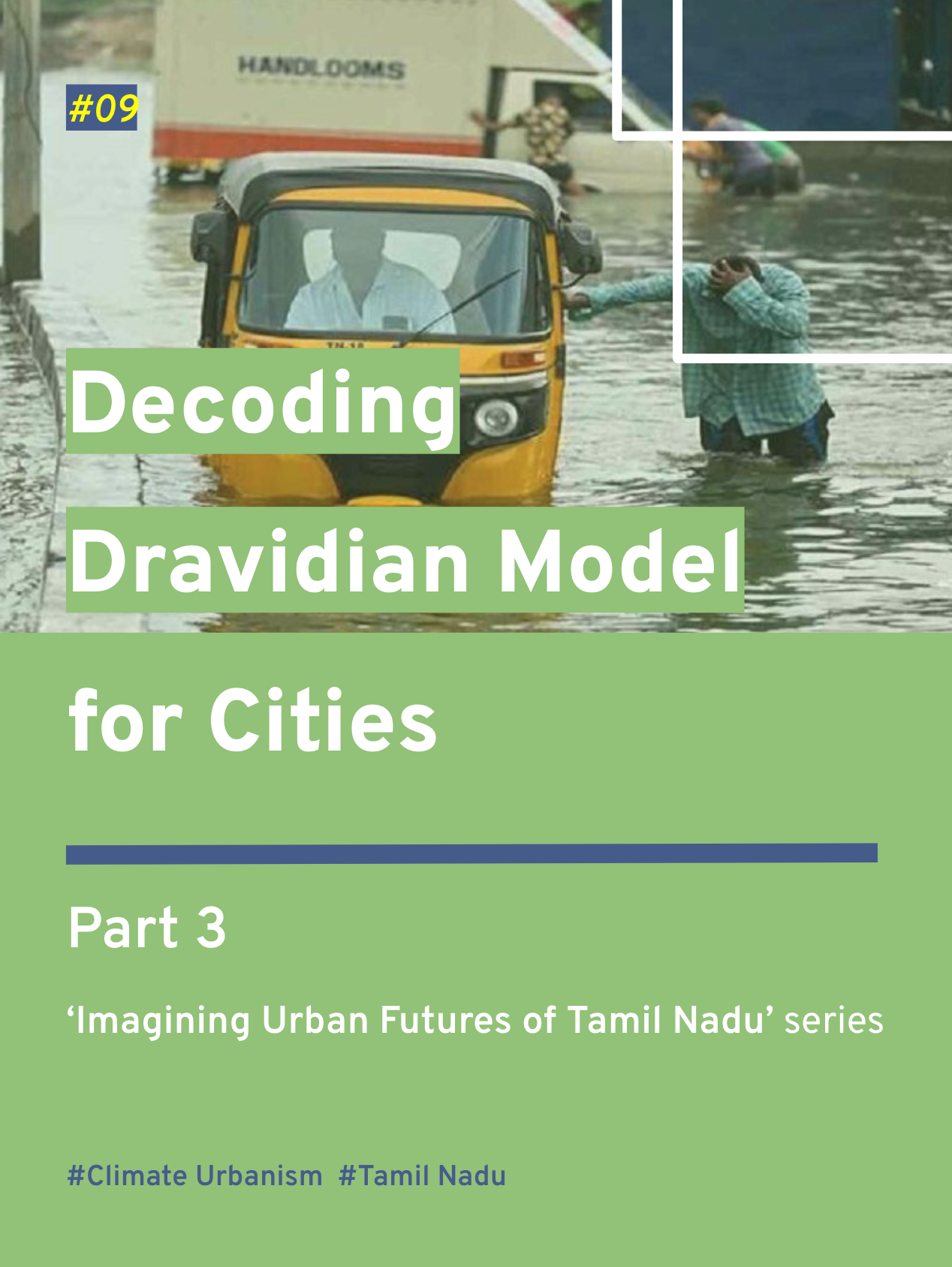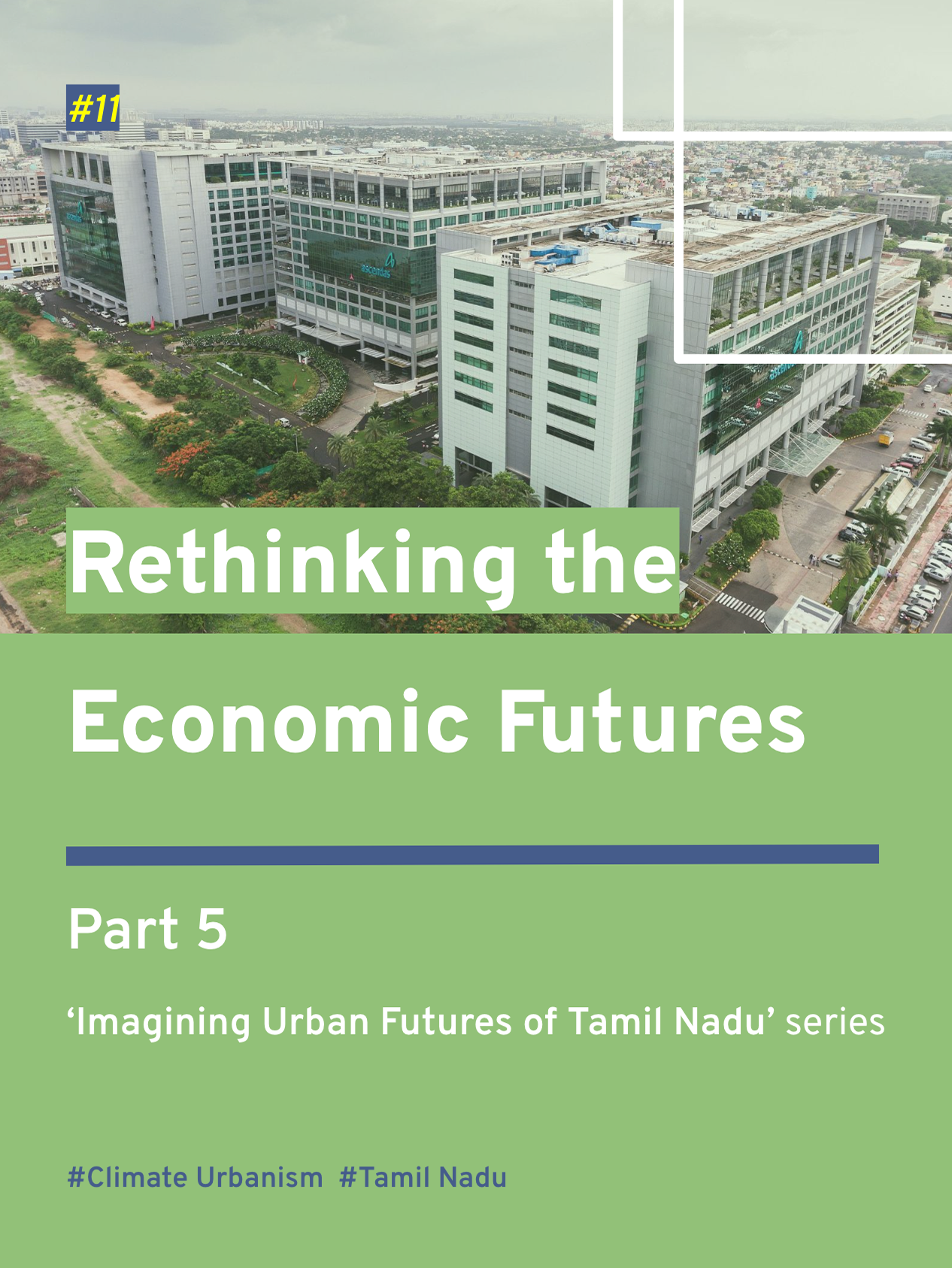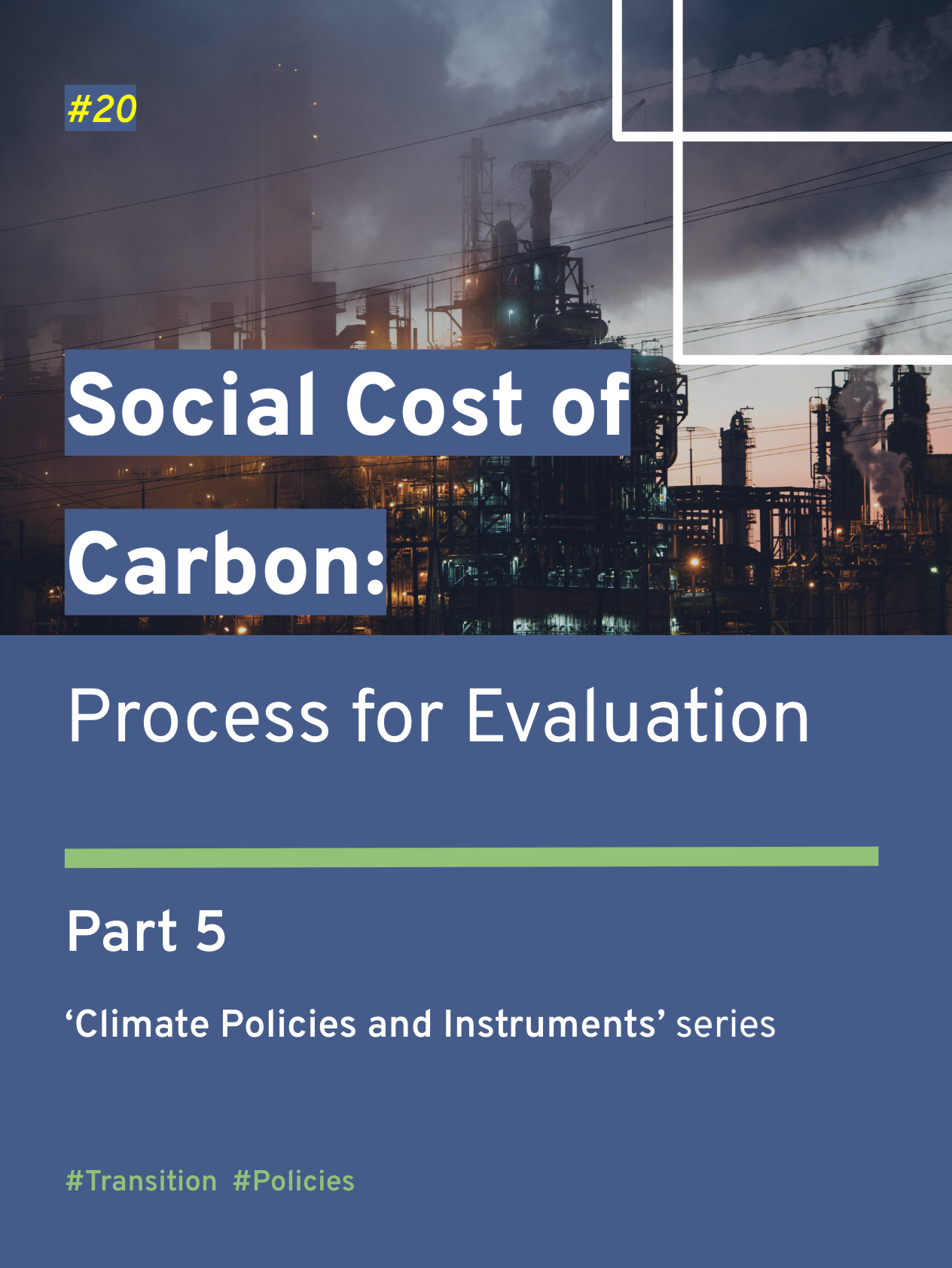Decoding the Form and Function
People marching with a banner 'Take Back The City' (Source: Right to the City Alliance)
Rights are entitlements (not) to perform certain actions or (not) to be in certain states and have two dimensions: a form (enabling character and structure) and a function (intent or benefits) (Wenar, 2023). Decoding the Right to the City requires answering: What form and function should it take? The Hohfeldian Analytical System proposes that privileges (or liberties), claims, powers, and immunities are the four forms of rights from a legal perspective (Hudson and Husak, 1980). While there is still no established, universal definition for ‘functions of rights,’ the demand-theorists’ explanation of rights as ‘something that can be demanded or insisted upon without embarrassment or shame’ is a commonly accepted framework (Wenar, 2023). Based on this, the form and function of the Right to the City are observed as a collective power (form) over urbanisation processes to change the city, thereby changing ourselves and society (function) (Harvey, 2008). Henri Lefebvre’s (1996) view of the Right to the City as “a cry and a demand” also resonates with the same.
“The Right to the City cannot be conceived of as a simple visiting right or as a return to traditional cities. It can only be formulated as a transformed and renewed right to urban life. The development of society can only be conceived in urban life, by the realization of urban society.” (Lefebvre, 1996)
“The Right to the City is not merely a right of access to what already exists, but a right to change it after our heart's desire. The right to remake ourselves by creating a qualitatively different kind of urban sociality is one of the most precious of all human rights.” (Harvey, 2003)
From this background, I draw four core constructs of the Right to the City: extractive capitalism, municipal privatisation, social inequalities, and civic participation. These could also be viewed as the entry points for operationalising this right (power) in today’s context.
Extractive capitalism
Capitalism, as a socio-economic and political system led by private profits, becomes exploitative when the benefits are concentrated among the elite (Zwolinski, Ferguson, and Wertheimer, 2022; Harris and Delanty, 2023). Such capital or benefit accumulation, through market exchange, commonly catalyses urbanisation and determines the powers (including the Right to the City) available to urban residents (Harvey, 2003; Fanelli and Whiteside, 2023). Hence, decoupling capitalistic politics, mediated by market exchange, from urbanisation is imperative to nurture the Right to the City as a new urban political ideal. How can we do that?
Firstly, by dismantling the collection of rights under capitalism and recognising the components of human rights (like the right to life, dignity, and city) as fundamental rights and the right to wealth accumulation (like the right to own private property and accrue a profit rate) as derivative rights (Harvey, 2003). Secondly, by regulating surplus. Urbanisation is governed by surplus extraction, production, and absorption to create surplus value through creative destruction and continuous rebuilding (Chandhoke, 1988; Weber, 2002).
For example, historically, cities like Paris and London carried out expensive central city redevelopment as a surplus absorption measure of the wealth extracted and accumulated from elsewhere. The mega-urbanisation projects in Dubai and other countries benefiting from the fossil fuel economy are modern-day cases of mopping up wealth surpluses (Harvey, 2008).
Municipal privatisation
Privatisation, especially in the context of urban governance, is an extended arm of capitalist politics (Garrett, 2015; Leclerq, 2018). The key link between capitalism and privatisation is the surplus product (Harvey, 2008). Hence, for relieving urbanisation from mobilising or absorbing surplus, it is crucial to regulate surplus production and increase the state’s share of surplus for redistribution. However, cities worldwide are not only unwilling to take control of the surplus but are actively pursuing pathways to collaborate with the private sector and increase surplus production by using cities as fertile grounds (Frantzanas, 2014). This has increased the share of private ownership of urban infrastructure and services across various sectors, including water supply, waste management, housing, health care, and transportation (Garrett, 2015; PwC, 2020).
Especially under the conditions of austerity and entrepreneurial aspirations, cities view public infrastructure and services as profiteering assets rather than as avenues for inclusive urban life (Carmona et al., 2019; Voorwinden, 2021; Hasenberger, 2024). This has led to the conversion of commons into parks with controlled access, social housing into gated communities, and public transit stations into intrusive surveillance hubs (Atkinson and Tranter, 2011; Jenkins, 2018; Carmona, 2021).
For example, privatising a park hands over the Right to the City as a power (for reimagination and control) to private and quasi-private interests while taking away the common man’s Right to the City even as a privilege (to enjoy the space freely), sowing new seeds for unequal and exclusive cities (Wenar, 2023).
Social inequalities
As the saying goes, “nothing is more unequal than the equal treatment of unequals” (Harvey, 2003). The Right to the City should be shaped with an equitable structure, designed from an understanding of past and present disparities in wealth distribution and access to resources and opportunities based on race, caste, ethnicity, gender, disability, and other personal identities (Robina, 2021). Fran Tonkiss (2020) highlights that urban inequalities pose a dual challenge in terms of ‘scale of production’ and ‘scale of intervention’. Cities are a collection of heterogeneous communities, with people and problems having diverse roots. This intensifies and causes social inequalities of high visibility at a scale bigger than their territorial boundaries. Also, as spatial units with limited judicial, financial, and political power, cities are disadvantaged in addressing inequalities at the systemic level (Tonkiss, 2020).
While this argument questions the cities’ capacity to address social inequalities, Bill de Blasio, the former Mayor of New York City, highlights that cities are the most connected with the grassroots, which is the key to reaching, reclaiming, and redistributing the surplus controlled by the private sector, reducing urban inequalities, and nurturing the Right to the City (Blasio, 2023).
Civic participation
Assigning a form and function to the Right to the City as an idea was straightforward. However, operationalising the Right to the City through policy and practice requires its acceptance as a moral and civil right in the form of the rights to participation and citizenship, as it is otherwise widely linked to components of socio-economic rights like the right to housing, the right to a better standard of living, and the right to health (Chueca, 2016; Lim et al., 2021). Even when the role of civic participation is exercised, it is widely tokenistic, through passive consultations (Salamah, 2021). The mechanics of participation also require a form and function that align with the form (power over urbanisation processes) and function (changing ourselves and society) of the Right to the City.
In this context, I define civic participation as the power of plurality (form) for collaborative decision-making and demonstration (function) (Escobar, 2017). This also aligns with Davidson’s wheel of participation, which recommends a four-fold framework—covering information, consultation, partnership, and empowerment—to devolve power and pursue a democratic planning process (British Youth Council, 2023). Furthermore, to push the boundaries of civic participation, it is critical to adopt ‘tactical urban transformation as community participation’ and ‘collective imagination or intelligence as tools for reimagining the future’ (Simpson, 2020; Haldane and Choukeir, 2022).
The Global Platform for the Right to the City has proposed eight right to the city components covering, being free of discrimination, gender equality, inclusive citizenship, enhanced political participation, just and environmentally balanced use of urban and rural spaces, quality public spaces and services, diverse and inclusive economies, and inclusive urban-rural linkages. My interpretation of the right to the city, as presented through this blog has particularly missed out the urban-rural relationship, due to my own professional limitations.
This blog is a snapshot of a wider research I am conducting at the intersection of rights, climate action, and inclusive urbanism.
Bibliography
Atkinson, R. and Tranter, B. (2011) ‘Outside Society? The social implications of gated and secured neighbourhoods in Australia’.
Blasio, B. de (2023) A Conversation with Former New York City Mayor Bill de Blasio (S3E01), The Good Government Show. Available at: https://goodgovernmentshow.com/2023/04/a-conversation-with-former-new-york-city-mayor-bill-de-blasio-s3e01/ (Accessed: 14 August 2024).
British Youth Council, T.H. (2023) ‘Participation Models Citizens, Youth Online A chase through the maze’, Hub na nÓg, 13 October. Available at: https://hubnanog.ie/participation-models-citizens-youth-online-a-chase-through-the-maze/ (Accessed: 14 August 2024).
Carmona, M. et al. (2019) ‘Public space in an age of austerity’, URBAN DESIGN International, 24(4), pp. 241–259. Available at: https://doi.org/10.1057/s41289-019-00082-w.
Carmona, M. (2021) ‘What’s wrong with private companies managing public spaces?’ Available at: https://www.architectsjournal.co.uk/news/opinion/there-is-nothing-wrong-with-private-companies-managing-public-spaces (Accessed: 14 August 2024).
Chandhoke, N. (1988) ‘Cities and the Restructuring of Capitalism’, Economic and Political Weekly, 23(34), pp. 1755–1761.
Chueca, E.G. (2016) ‘Human rights in the city and the right to the city: Two different paradigms confronting urbanisation’, in B. Oomen, M.F. Davis, and M. Grigolo (eds) Global Urban Justice: The Rise of Human Rights Cities. Cambridge: Cambridge University Press, pp. 103–120. Available at: https://doi.org/10.1017/CBO9781316544792.007.
Escobar, O. (2017) ‘Pluralism and Democratic Participation: What Kind of Citizen are Citizens Invited to be?’ Available at: https://doi.org/10.1163/18758185-01404002.
Fanelli, C. and Whiteside, H. (2023) ‘Pandemic Capitalism and Cities: Work and Inequality’, Alternate Routes, 33(1), pp. 36–55.
Frantzanas, S. (2014) The right to the city as an anti-capitalist struggle | Ephemeral Journal. Available at: https://ephemerajournal.org/contribution/right-city-anti-capitalist-struggle (Accessed: 14 August 2024).
Garrett, B.L. (2015) ‘The privatisation of cities’ public spaces is escalating. It is time to take a stand’, The Guardian, 4 August. Available at: https://www.theguardian.com/cities/2015/aug/04/pops-privately-owned-public-space-cities-direct-action (Accessed: 14 August 2024).
Haldane, A. and Choukeir, J. (2022) A time to replenish collective imagination | Joseph Rowntree Foundation. Available at: https://www.jrf.org.uk/imagination-infrastructures/a-time-to-replenish-collective-imagination (Accessed: 14 August 2024).
Harris, N. and Delanty, G. (2023) What is capitalism? Toward a working definition. Available at: https://journals-sagepub-com.gate3.library.lse.ac.uk/doi/full/10.1177/05390184231203878 (Accessed: 14 August 2024).
Harvey, D. (2003) ‘The right to the city’, International Journal of Urban and Regional Research, 27(4), pp. 939–941. Available at: https://doi.org/10.1111/j.0309-1317.2003.00492.x.
Harvey, D. (2008) ‘The Right to the City’, New Left Review, (53), pp. 23–40.
Hasenberger, H. (2024) ‘What is local government financialisation? Four empirical channels to clarify the roles of local government’, Urban Studies, p. 00420980231222133. Available at: https://doi.org/10.1177/00420980231222133.
Hudson, S.D. and Husak, D.N. (1980) ‘Legal Rights: How Useful Is Hohfeldian Analysis?’, Philosophical Studies: An International Journal for Philosophy in the Analytic Tradition, 37(1), pp. 45–53.
Jenkins, R. (2018) ‘Surveillance on public transport networks: too intrusive?’, City Security Magazine, 6 August. Available at: https://citysecuritymagazine.com/security-management/travel-transport-security-surveillance/ (Accessed: 14 August 2024).
Leclerq, E. (2018) ‘Privatisation of the Production of Public Space’, A+BE | Architecture and the Built Environment, (5), pp. 1–384. Available at: https://doi.org/10.7480/abe.2018.5.2009.
Lefebvre, H. (1996) The Right to the City. Available at: https://theanarchistlibrary.org/library/henri-lefebvre-right-to-the-city (Accessed: 23 April 2024).
Lim, S.B. et al. (2021) ‘The Right or Wrong to the City? Understanding Citizen Participation in the Pre- and Post-COVID-19 Eras in Malaysia’, Journal of Open Innovation: Technology, Market, and Complexity, 7(4), p. 238. Available at: https://doi.org/10.3390/joitmc7040238.
PwC (2020) Increasing private sector investment into sustainable city infrastructure, PwC. Available at: https://www.pwc.com/gx/en/industries/capital-projects-infrastructure/publications/making-cities-investable.html (Accessed: 14 August 2024).
Robina, Á.P. (2021) ‘[THEMATIC PAPER] Right to the City: A Roadmap for Climate Justice’, Right to the city. Available at: https://www.right2city.org/document/right-to-the-city-a-roadmap-for-climate-justice/ (Accessed: 24 April 2024).
Salamah, A. (2021) ‘Participatory Urban Development in India: A Tale of Two Townships’, Environment and Urbanization ASIA, 12(1), pp. 136–147. Available at: https://doi.org/10.1177/0975425321990316.
Simpson, C. (2020) ‘Tactical Urbanism Demonstration Projects as Community Participation’. Available at: http://hdl.handle.net/1773/46202 (Accessed: 14 August 2024).
Tonkiss, F. (2020) ‘City government and urban inequalities’, City, 24(1–2), pp. 286–301. Available at: https://doi.org/10.1080/13604813.2020.1739931.
Voorwinden, A. (2021) ‘The privatised city: technology and public-private partnerships in the smart city’, Law, Innovation and Technology [Preprint]. Available at: https://www.tandfonline.com/doi/abs/10.1080/17579961.2021.1977213 (Accessed: 14 August 2024).
Weber, R. (2002) ‘Extracting Value from the City: Neoliberalism and Urban Redevelopment’, Antipode, 34(3), pp. 519–540. Available at: https://doi.org/10.1111/1467-8330.00253.
Wenar, L. (2023) ‘Rights’, in E.N. Zalta and U. Nodelman (eds) The Stanford Encyclopedia of Philosophy. Spring 2023. Metaphysics Research Lab, Stanford University. Available at: https://plato.stanford.edu/archives/spr2023/entries/rights/ (Accessed: 14 August 2024).
Zwolinski, M., Ferguson, B. and Wertheimer, A. (2022) ‘Exploitation’, in E.N. Zalta and U. Nodelman (eds) The Stanford Encyclopedia of Philosophy. Winter 2022. Metaphysics Research Lab, Stanford University. Available at: https://plato.stanford.edu/archives/win2022/entries/exploitation/ (Accessed: 14 August 2024).
Have questions, thoughts, or feedback? Write to nagendran.bala.m@gmail.com.
